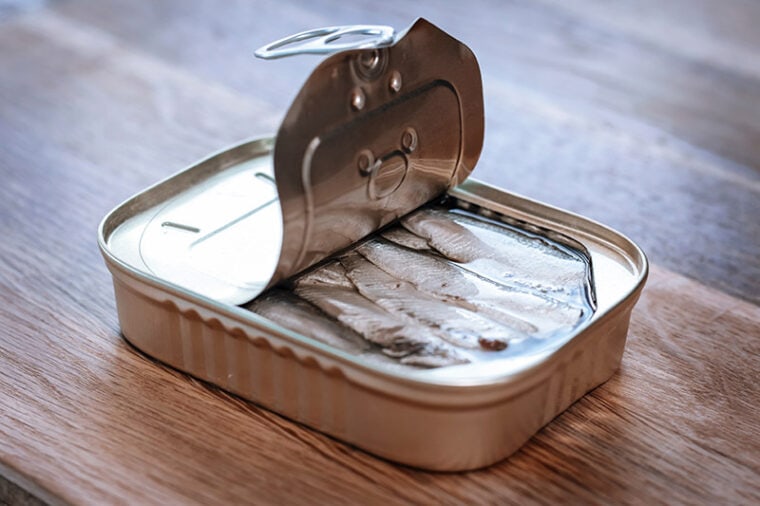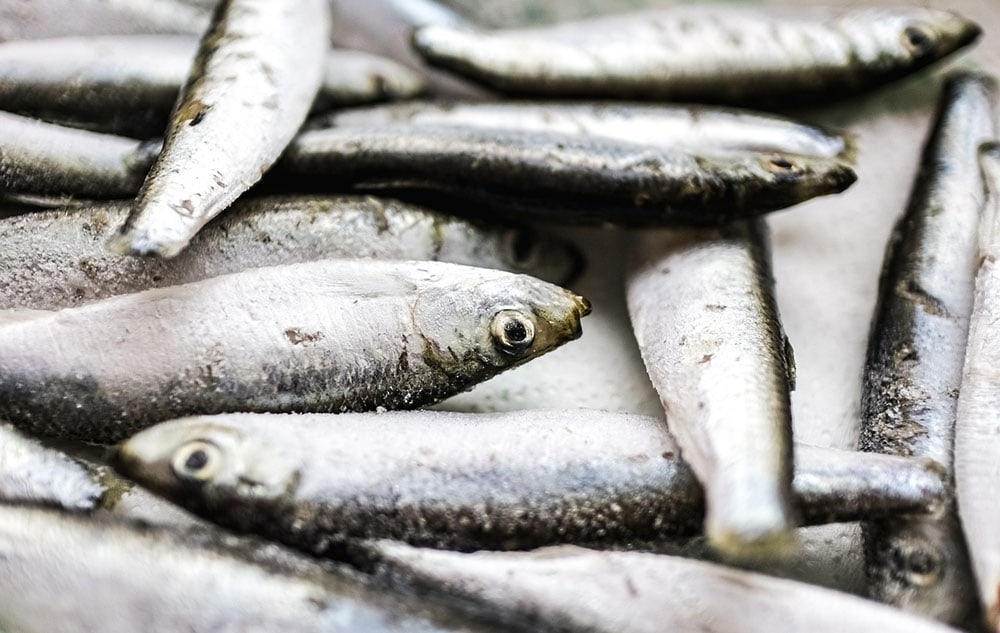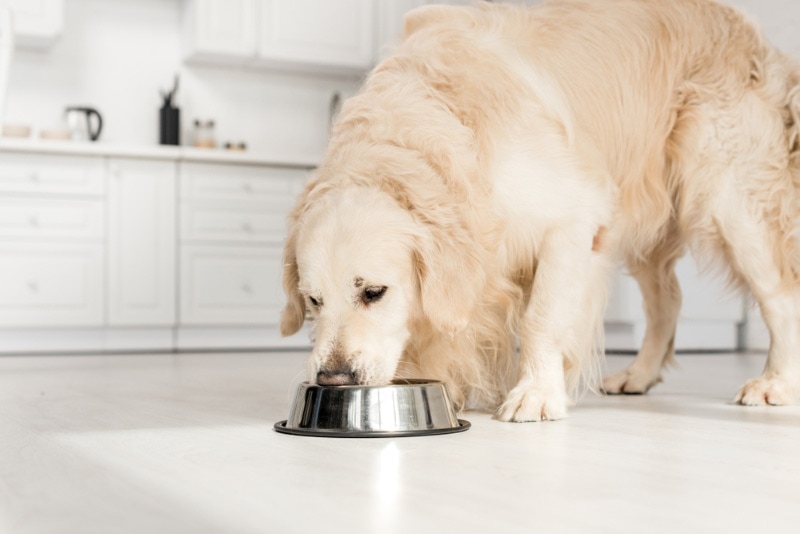
Dog owners are often on the lookout for safe ingredients and food items to incorporate into their dog’s diet for several reasons. Fish are often used as an addition to a dog’s diet, either as a supplement or as an alternative to mammalian meats. They’re also often marketed as superfoods for humans, adding to their appeal as potentially amazing for pups too.
Sardines are a popular fish that are easily available in many different preparations. Cooked, non-seasoned, deboned sardines are safe for dogs to eat, either as a treat, a supplement, or as a main ingredient in a meal. Read on as we explore this fish in more detail.
The Benefits of Feeding Your Dog Sardines
Being an animal protein, sardines are considered safe for most dogs. The primary content of sardines is protein, which is always required (in appropriate amounts) in your dog’s diet. They’re also high in fats and fish oil found in sardines, which have been researched to be beneficial for dogs.
The nutritional benefits of sardines and the fish oils found in them (and other fish) have been extensively researched in dogs and have proven to be beneficial for puppies, adults, and even seniors who are on medication for certain ailments, such as arthritis.
This makes sardines a great and usually safe addition to your dog’s diet as either a treat, supplement or even as the main ingredient in a home-cooked meal.

The Cons
Despite their benefits, sardines are not entirely risk-free for dogs. Like all fish, their bones are a potential choking hazard, and the harder bones may even perforate other areas of your dog’s digestive tract. Therefore, it’s best to serve deboned sardines to your pup.
In addition, dogs (even those on a raw diet) should not be fed raw sardines. Some species of sardines are anadromous (fish that swim upstream to breed). If this fish is served to dogs raw, it can cause salmon poisoning disease or Elokomin fluke fever in dogs. Despite the name of the former disease, it is not caused exclusively by salmon, nor is it a type of poisoning. While many species of sardines may not cause these diseases, the risk of feeding your dogs these fish raw is usually not worth it.
Finally, though relatively rare, some dogs may have a food allergy to sardines (or other fish). Though not immediately life-threatening or common, dogs with an allergy to a certain protein are best when they’re not fed that protein, as they often develop rashes, bald spots (alopecia), discomfort, and itching.
Preparing Sardines for Your Dog
You should always consult with your vet before adding any ingredient to your dog’s diet, especially if they are diagnosed with an ailment (such as diabetes, renal issues, or a digestive issue such as pancreatitis). Even for dogs that are apparently healthy, a clean bill of health is necessary by your vet prior to offering them sardines, especially if you plan on incorporating sardines as an ingredient in their meals rather than just a treat. Obesity is an ailment that is often overlooked and should be discussed with your veterinarian, as it may not allow the inclusion of certain ingredients in your dog’s diet.
After your vet has said it is safe to feed your dog sardines, it’s best to feed them cooked, deboned, unseasoned sardines. Canned or fresh sardines can be used for this purpose.
The bones in canned, pre-cooked sardines are usually soft and aren’t considered a choking hazard for your pup. The bones in fresh sardines should be removed before offering the fish to your pup. Sardine skin is safe for dogs to consume. Sardines can be served to your dog boiled, broiled, baked, or grilled. They can also be incorporated into dog treat recipes.

How Many Sardines Should You Feed Your Dog?
When used as a treat, sardines should not be more than 10% of your dog’s daily food intake.
When used as the primary animal protein or one of the primary animal proteins in your dog’s diet, you should use enough sardines to prepare an adequate meal for your dog.
The amount your dog needs will factor in their breed, age, gender, exercise levels, current weight, the aim of the diet, their neuter, spay, or pregnancy status, and other factors. Therefore, it is best to work closely with your veterinarian to formulate a plan that works for your dog. When using a commercially available diet with sardines, it’s best to follow the feeding guidelines labeled by the manufacturer. Ensure the diet complies with standard regulations for dog food in your area.
Conclusion
Cooked, deboned, unseasoned sardines are safe to add to your dog’s diet. Whether you incorporate sardines in your dog’s diet as a temporary food item, a treat, a supplement, or a regular meal is something you’d have to consider and discuss with your veterinarian.
Featured Image Credit: Audreycmk, Shutterstock








